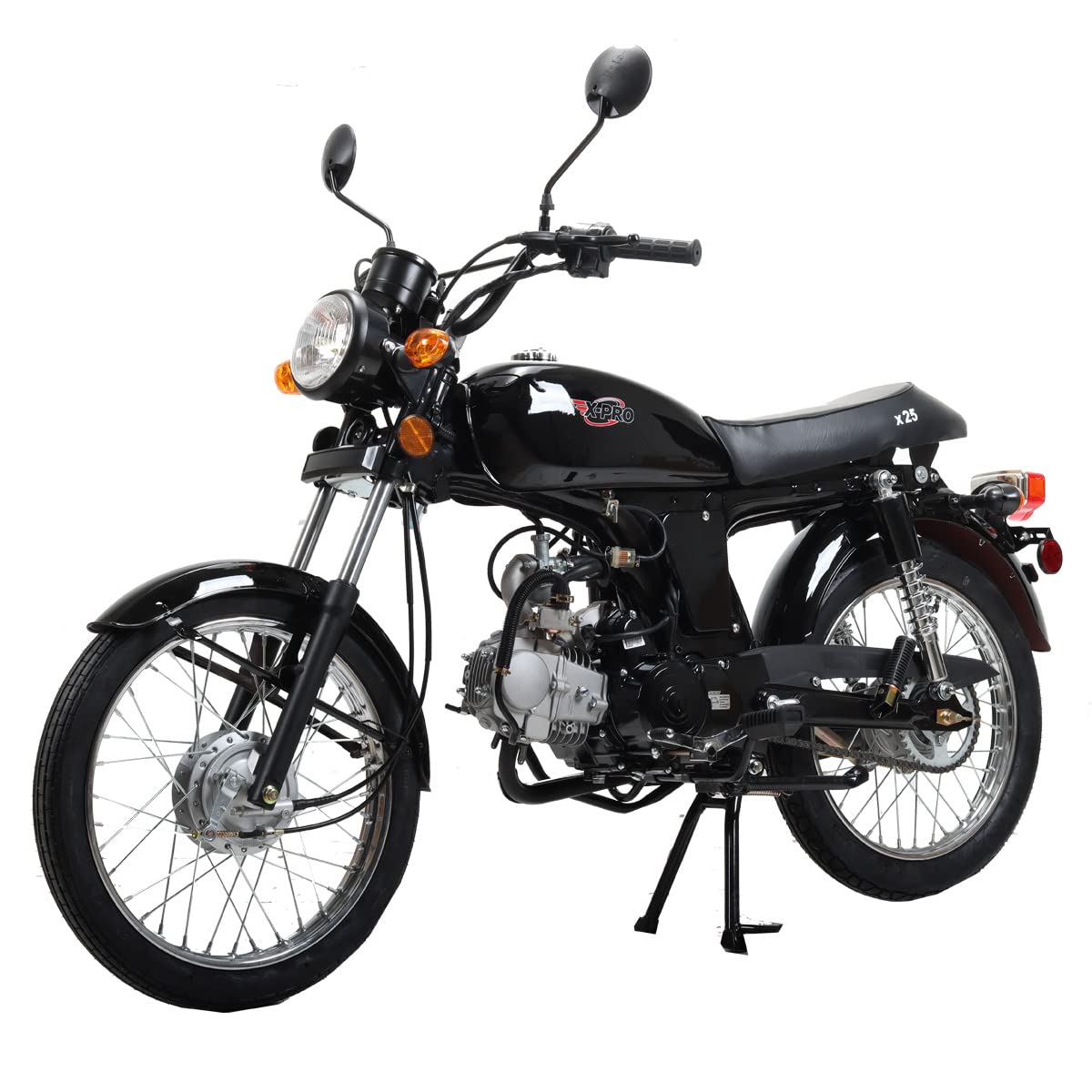Introduction
When it comes to motorcycles, you may often come across the term “cc” or “cubic centimeters.” This abbreviation refers to the engine displacement or size of a motorcycle’s engine. Engine displacement is a significant factor in determining a motorcycle’s performance, power output, and overall characteristics. In this comprehensive guide, we will explore the meaning of CC in the context of motorcycles and delve into its significance. From explaining engine displacement to understanding how it impacts a motorcycle’s performance, this guide will provide you with a detailed understanding of motorcycle CC.
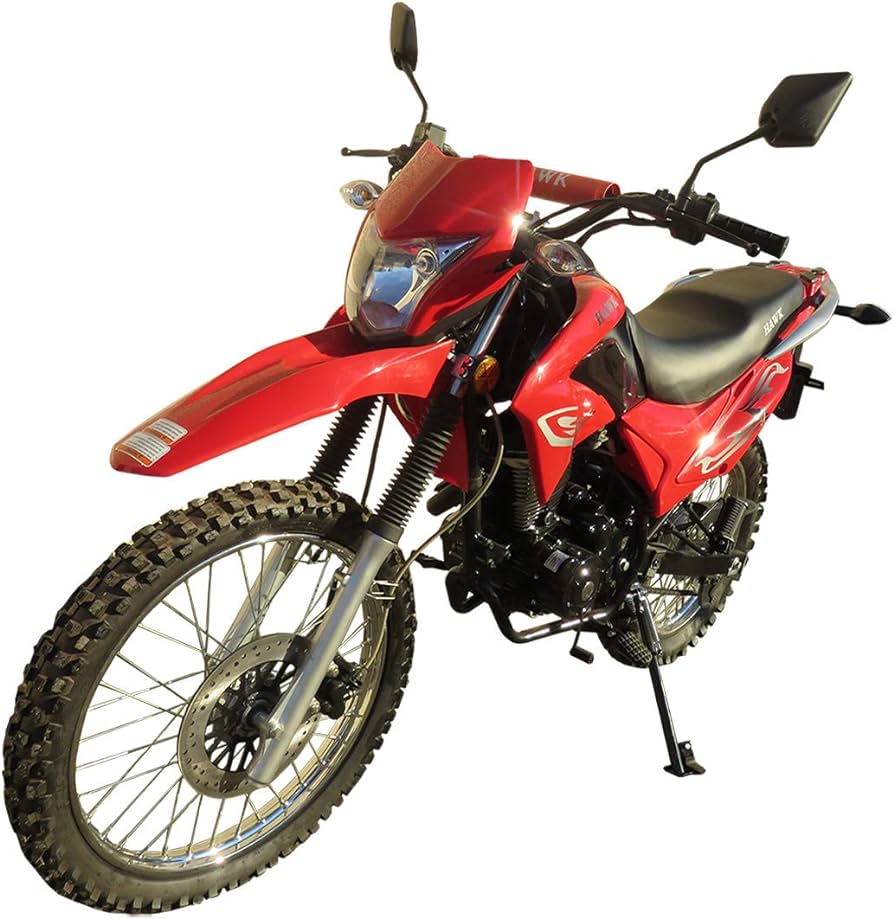
Motorcycle CC: Understanding the Meaning and its Significance
I. Defining CC: Cubic Centimeters
-
Understanding Engine Displacement:
- In the world of motorcycles, engine displacement refers to the total volume swept by all the pistons within the engine’s cylinders in a single revolution, measured in cubic centimeters (cc) or liters.
-
Significance of Cubic Centimeters:
- Cubic centimeters (cc) represent the precise measurement unit used to indicate engine displacement. It quantifies the size or capacity of the engine, providing information about the amount of air and fuel mixture the engine can accommodate and the power it can generate.
II. Engine Displacement and Motorcycle Performance
-
Power Output:
- Engine displacement has a direct impact on a motorcycle’s power output. Generally, a larger cc engine can generate more power due to its increased capacity to burn fuel and air, resulting in greater combustion forces.
-
Acceleration and Torque:
- Motorcycles with higher engine displacements often exhibit better acceleration due to their ability to deliver more torque. Torque refers to the twisting force generated by the engine and is an important factor in the motorcycle’s ability to accelerate quickly.
-
Top Speed:
- Engine displacement is also a determining factor in a motorcycle’s top speed. Motorcycles with larger engine displacements tend to achieve higher top speeds due to their ability to generate more power and overcome wind resistance.
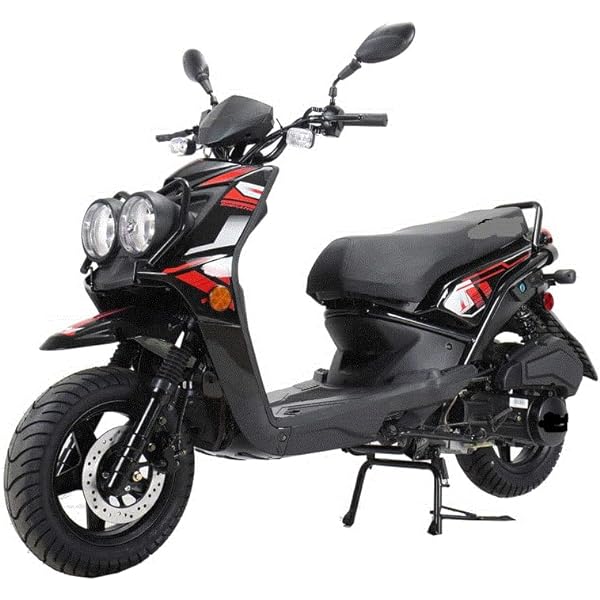
III. Range of Motorcycle Engine Displacements
-
Small Displacement Motorcycles:
- Small displacement motorcycles typically have engines ranging from 50cc to 250cc. These motorcycles are often lightweight, fuel-efficient, and suitable for beginners or urban commuting. They offer lower power output but can provide an enjoyable and practical riding experience.
-
Mid-Range Displacement Motorcycles:
- Mid-range motorcycles generally fall within the range of 250cc to 750cc. They strike a balance between power, fuel efficiency, and versatility. These motorcycles are suitable for a variety of riding styles, including commuting, touring, and some entry-level sport or cruiser bikes.
-
Large Displacement Motorcycles:
- Large displacement motorcycles typically have engines exceeding 750cc, with some sport bikes reaching 1,000cc or higher. These motorcycles are known for their high-performance capabilities and are commonly found in sport, touring, and cruiser categories. They offer exceptional power, speed, and thrills for experienced riders.
IV. Factors Beyond CC: Design and Technology
-
Engine Efficiency:
- Engine design, technology, and efficiency play a crucial role in a motorcycle’s performance, regardless of its cubic centimeter (cc) capacity. A well-designed and technologically advanced engine can optimize power delivery, fuel consumption, and overall performance, enhancing the riding experience.
-
Weight and Aerodynamics:
- The weight of a motorcycle and its aerodynamic characteristics also greatly influence its performance, regardless of engine displacement. Lighter motorcycles with streamlined designs can offer better acceleration and maneuverability, even with smaller engine sizes.
-
Riding Skills and Application:
- Rider skill, experience, and intended application are important considerations when choosing a motorcycle. While higher cc engines offer greater power potential, they may not always be suitable for every rider or riding scenario. It is crucial to assess personal abilities, preferences, and intended use before deciding on the appropriate engine displacement.
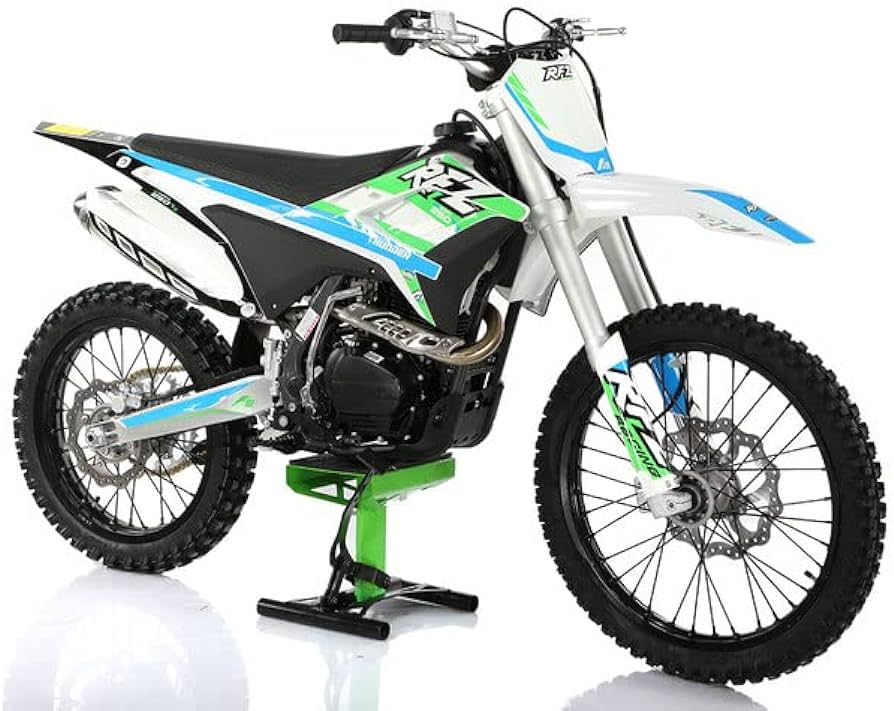
V. Legal Considerations and Licensing
-
Licensing Requirements:
- Different countries have specific licensing requirements based on engine displacement. In many regions, there are different license classes based on cc limits for motorcycle riders. It is important to understand and comply with the licensing regulations and restrictions in your area.
-
Insurance and Registration:
- Engine displacement can affect insurance premiums and registration fees. In some cases, motorcycles with larger engine displacements may be subject to higher insurance costs or registration fees due to their greater power potential.
VI. The Evolving Motorcycle Landscape
-
Electric Motorcycles:
- With the rise of electric motorcycles, engine displacement as measured in cubic centimeters (cc) becomes less relevant. Electric motorcycles rely on electric motors rather than traditional internal combustion engines and are typically categorized based on factors such as battery capacity and power output.
-
Alternative Measurements:
- As the world shifts toward electric motorcycles and alternative fuel sources, alternative measurements may come into play. Instead of discussing engine displacement in cc, other metrics like battery capacity, kilowatts (kW), or energy storage capacity may become more prominent.
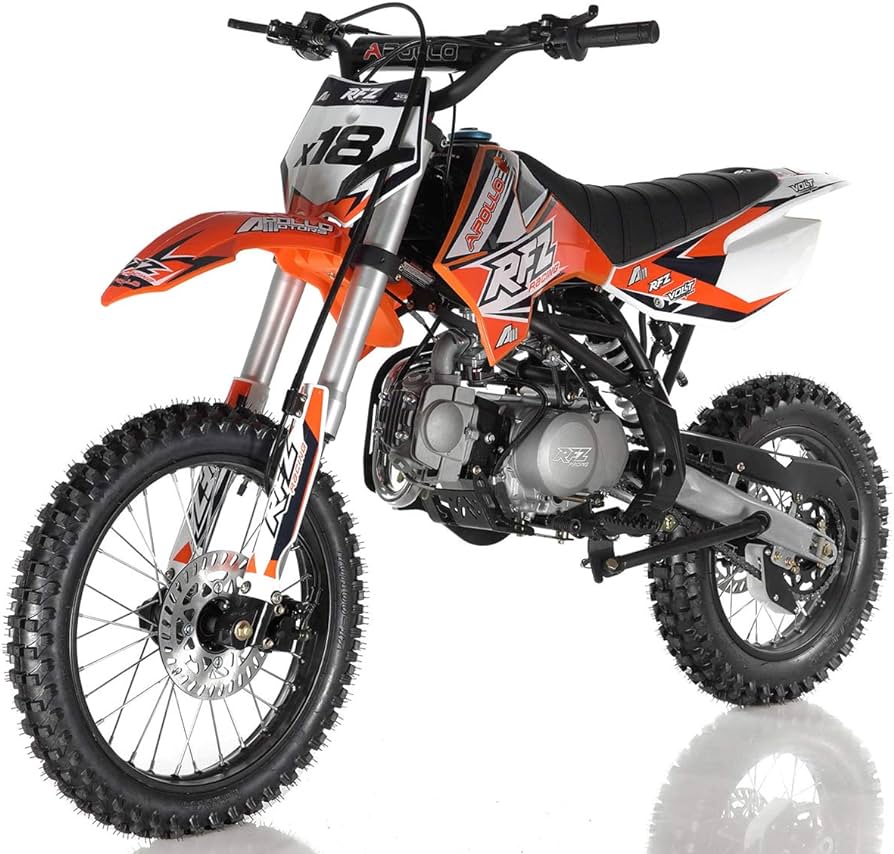
Common Misconceptions and FAQs
-
Does a higher CC always mean more power?
- While higher engine displacement generally correlates with more power, it is not the only factor in determining a motorcycle’s performance. Engine design, technology, and other factors also play a significant role. A well-designed lower cc engine can outperform a poorly designed higher cc engine.
-
Can a small displacement motorcycle be fast?
- Yes, small displacement motorcycles can still be fast, especially in terms of acceleration. Some lightweight sport bikes with smaller engines can achieve impressive speeds due to their power-to-weight ratio and aerodynamic designs.
-
Are higher CC motorcycles suitable for beginners?
- Higher cc motorcycles are generally not recommended for beginners due to their increased power and speed potential. It is advisable for beginners to start with smaller displacement motorcycles that are easier to handle and allow for skill development before progressing to higher cc bikes.
-
Can I modify a motorcycle’s engine displacement?
- Modifying a motorcycle’s engine displacement is a complex process and may not always be feasible or legal. Engine modifications can have significant effects on a motorcycle’s performance and may require compliance with local regulations and standards.
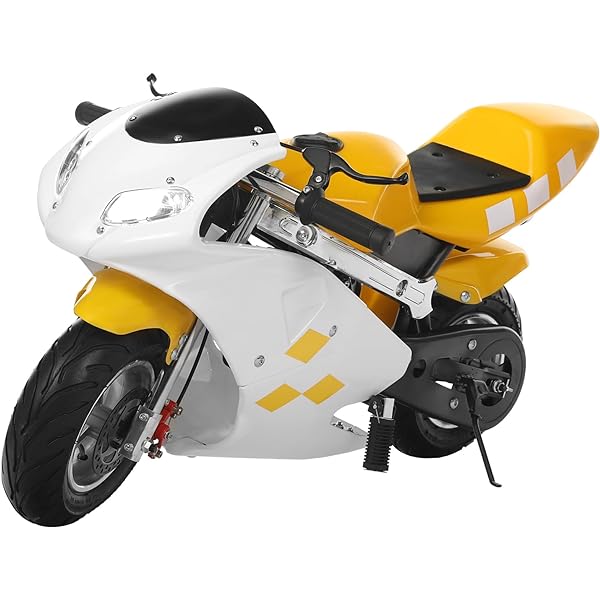
VII. Conclusion: Understanding Motorcycle CC and Engine Displacement
Motorcycle CC, or engine displacement, is a crucial aspect of understanding a motorcycle’s performance potential. It refers to the size and capacity of the engine, measured in cubic centimeters (cc), and plays a significant role in determining a motorcycle’s power output, acceleration, top speed, and overall characteristics.
While engine displacement is an important factor, it is essential to consider other elements such as engine technology, weight, aerodynamics, and riding skills before choosing a motorcycle. Additionally, legal considerations and licensing requirements vary by region and often have cc limits for specific license classes.
As the motorcycle industry continues to evolve, engine displacement may become less relevant with the increasing popularity of electric motorcycles and alternative fuel sources. However, for now, understanding motorcycle CC provides valuable insights into a motorcycle’s capabilities and helps riders make informed decisions.

